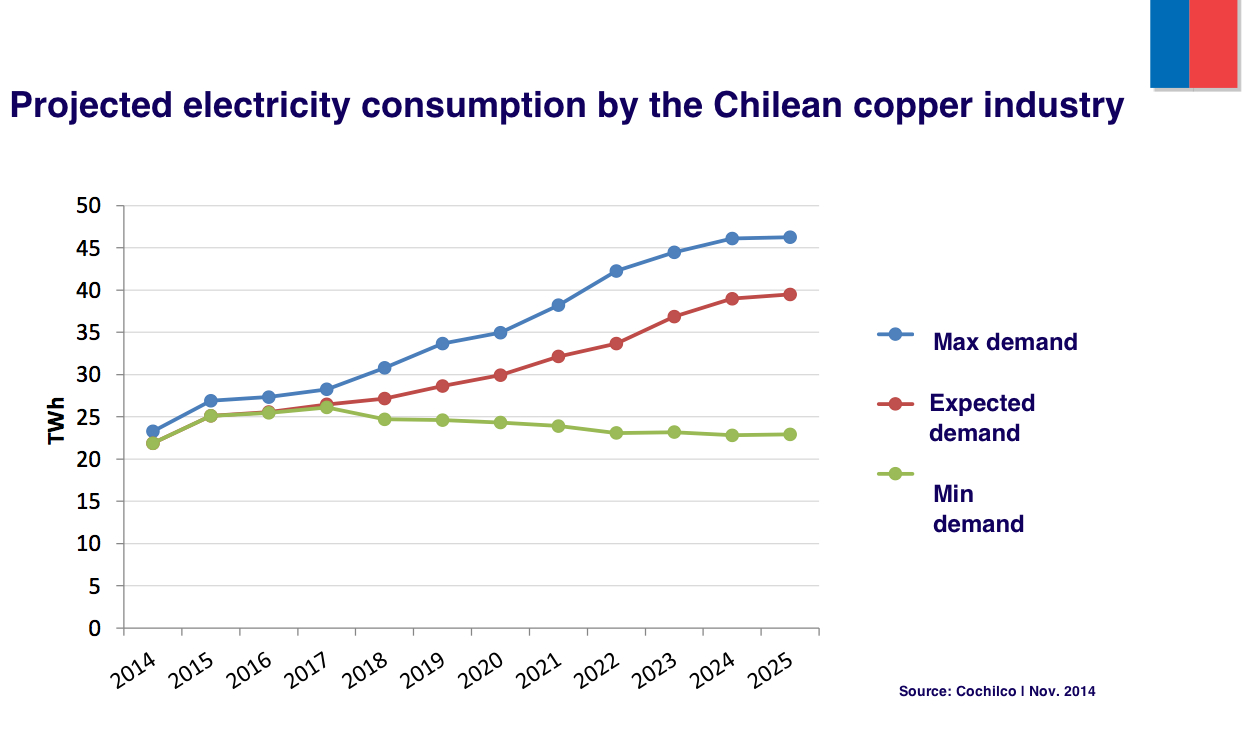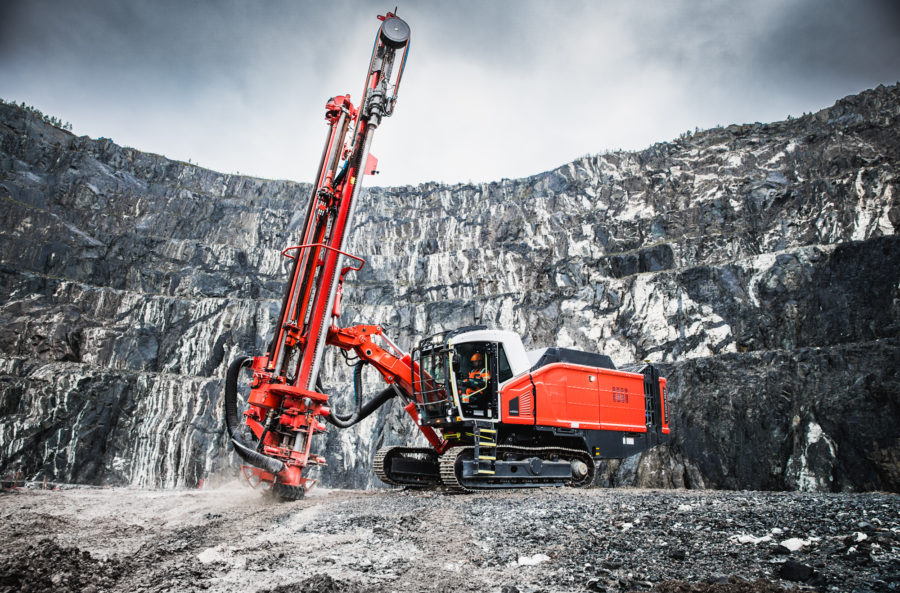Chile’s mining sector to double energy demand by 2025

El Teniente is the world’s biggest underground copper mine and the sixth largest copper mine by reserve size.
Chile’s mining industry, responsible for around a third of global copper output, will nearly double its electricity consumption between now and 2025 as multibillion-dollar investments come to fruition, state copper commission Cochilco said.
In an extensive report published Wednesday (in Spanish), the regulator warned the world’s largest copper producer needs to urgently ramp up its installed power capacity by 18,000 gigawatts to meet that future sectorial demand.
The country’s mining sector’s energy operating costs represent roughly 14% of total production costs, equivalent to 27% per pound of metal, the highest level since 2000.
Cochilco’s executive vice president, Sergio Hernández, said the electricity projects currently in the works are clearly insufficient to meet the future demands of the mining sector.
Speaking to Portal Minero (in Spanish), he noted the current electricity generation portfolio would only cover around 40% of the mining sector’s electricity needs.
Expensive bills
Electricity costs in Latin America’s wealthiest economy have climbed 11% per year in the last decade, making it one of the most expensive places in the world to secure energy for mining projects. In fact, Chile’s mines pay twice as much for their energy as their peers in neighbouring Peru. Fuel can account for up to a fifth of a mine’s operational costs.
Plans for a huge new hydroelectric plant in Patagonia, from which energy could be sent north, were shelved earlier this year. A government scheme to unify Chile’s two electricity grids, the SIC (which serves Santiago and the central heartland) and the SING (which supplies the north), will still require electricity to be piped over long distances, which is expensive. Nearby Bolivia refuses to sell natural gas to Chile because of a border dispute dating from the 19th century.
And while the nation does have the world’s richest reserves of copper, truth is grades are falling at its massive but aging mines, making it difficult to maintain output and putting pressure on costs.
State-owned Codelco, the world’s No.1 copper producer, is investing over $24 billion over the next five years to overcome these challenges, with some help from the government as President Michelle Bachelet passed a special law in October that allows the state to inject some additional capital into the giant miner.
High wages don’t help the situation. Chilean mine workers produce less than half of their North American counterparts, while getting paid more, told Bloomberg in April Peter Beaven, BHP Billiton (ASX:BHP) base metals head in the country.
Copper accounts for 60% of Chile’s exports and 15% of gross domestic product.
Image from Codelco via Flickr.
More News
{{ commodity.name }}
{{ post.title }}
{{ post.date }}




2 Comments
Luis Seijas
How Chilean govern is thinking to face the problem? Chile is not an energy producer and its main hydropower project is stopped by social and environmental issue.
I think that Chile should invest on a big South American electricity grid, in order to balance the energy market between consumers and potential big producers.
GV
There are many power resources in Chile. Wind or gas turbines and hydroelectric has big potential as well. The problem is that population is opposing to every new idea of proposed plants construction to produce energy. It was obvious that the continue rejection of projects would pass the bill later. Now the shortage of energy is coming. Now let the groups creating the hostile environment for new projects, explain to population why the hydro bill is increasing.